-
 Bitcoin
Bitcoin $108,489.6704
1.13% -
 Ethereum
Ethereum $2,502.0528
2.92% -
 Tether USDt
Tether USDt $1.0002
0.00% -
 XRP
XRP $2.1941
0.51% -
 BNB
BNB $655.3375
1.00% -
 Solana
Solana $151.5977
1.27% -
 USDC
USDC $0.9999
0.00% -
 TRON
TRON $0.2768
0.32% -
 Dogecoin
Dogecoin $0.1676
2.86% -
 Cardano
Cardano $0.5675
0.98% -
 Hyperliquid
Hyperliquid $40.6109
7.48% -
 Bitcoin Cash
Bitcoin Cash $500.7746
2.09% -
 Sui
Sui $2.8328
2.03% -
 Chainlink
Chainlink $13.4452
1.26% -
 UNUS SED LEO
UNUS SED LEO $9.1623
0.39% -
 Avalanche
Avalanche $18.2267
2.24% -
 Stellar
Stellar $0.2382
0.00% -
 Toncoin
Toncoin $2.8885
1.68% -
 Shiba Inu
Shiba Inu $0.0...01159
0.91% -
 Litecoin
Litecoin $87.1827
0.88% -
 Hedera
Hedera $0.1511
2.90% -
 Monero
Monero $315.4992
-0.59% -
 Polkadot
Polkadot $3.4663
2.34% -
 Bitget Token
Bitget Token $4.6118
-0.65% -
 Dai
Dai $1.0000
-0.01% -
 Ethena USDe
Ethena USDe $1.0003
0.02% -
 Uniswap
Uniswap $7.2989
4.69% -
 Pepe
Pepe $0.0...01003
5.73% -
 Aave
Aave $275.5616
7.15% -
 Pi
Pi $0.5181
-2.49%
How does blockchain achieve decentralization? What is the essential difference between it and traditional centralized systems?
Blockchain achieves decentralization through a distributed ledger, consensus mechanisms, and a P2P network, ensuring no single entity controls the entire system.
May 06, 2025 at 07:00 pm
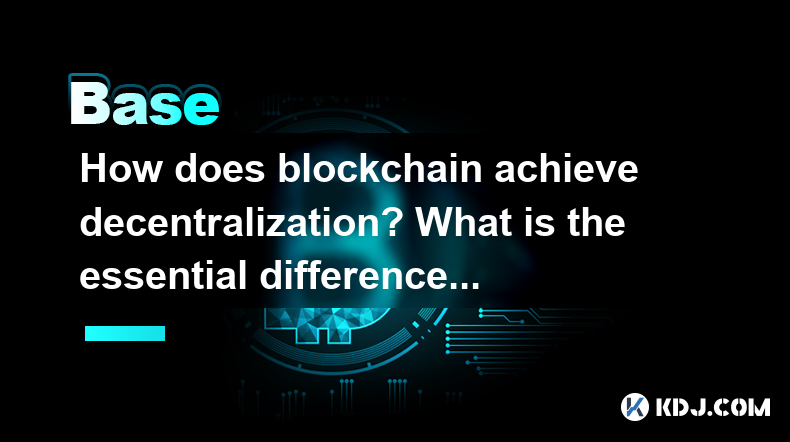
Blockchain technology is fundamentally designed to achieve decentralization, a core feature that distinguishes it from traditional centralized systems. At its essence, decentralization in blockchain means that no single entity has control over the entire network. This is achieved through a distributed ledger that is maintained across a network of computers, ensuring that data and transactions are recorded in a way that is transparent and verifiable by all participants. In contrast, traditional centralized systems rely on a single point of control, where a central authority manages and oversees all operations.
How Blockchain Achieves Decentralization
Blockchain achieves decentralization through several key mechanisms:
Distributed Ledger Technology (DLT): At the heart of blockchain is a distributed ledger, which is a database that is shared and synchronized across multiple devices and locations. Every participant in the network has access to the entire ledger, and any changes to the ledger are reflected across all copies in real-time.
Consensus Mechanisms: Blockchain uses consensus mechanisms to ensure that all participants agree on the state of the ledger. Popular consensus mechanisms include Proof of Work (PoW) and Proof of Stake (PoS). These mechanisms require participants to solve complex problems or stake their cryptocurrency to validate transactions, ensuring that no single entity can dominate the validation process.
Peer-to-Peer (P2P) Network: Blockchain operates on a P2P network, where nodes communicate directly with each other without the need for a central server. This structure ensures that data is not controlled by a single entity, but rather by the collective network.
Cryptography: Blockchain uses cryptographic techniques to secure transactions and control the creation of new units. Each block in the chain contains a cryptographic hash of the previous block, making it nearly impossible to alter past transactions without the consensus of the network.
The Role of Nodes in Decentralization
Nodes play a crucial role in maintaining the decentralized nature of blockchain. Each node in the network stores a copy of the ledger and participates in the validation and propagation of transactions. There are different types of nodes, such as full nodes and light nodes, each with varying levels of participation in the network. Full nodes, for instance, store the entire blockchain and validate all transactions, while light nodes may only store a subset of the data and rely on full nodes for validation.
Essential Differences Between Blockchain and Traditional Centralized Systems
The essential differences between blockchain and traditional centralized systems can be categorized into several key areas:
Control and Trust: In traditional centralized systems, trust is placed in a single authority that controls the system. In contrast, blockchain relies on cryptographic trust and consensus among multiple participants, eliminating the need for a central authority.
Transparency and Immutability: Blockchain offers transparency as all participants can view the ledger. Additionally, the immutability of blockchain means that once data is recorded, it cannot be altered without the consensus of the network. Traditional systems often lack this level of transparency and immutability.
Security and Resilience: Centralized systems are vulnerable to single points of failure, where a breach in the central authority can compromise the entire system. Blockchain's distributed nature makes it more resilient to attacks, as there is no single point of failure.
Efficiency and Scalability: While traditional systems can be more efficient in processing transactions due to centralized control, blockchain's decentralized nature can lead to slower transaction times. However, blockchain offers scalability through the ability to add more nodes to the network, which can enhance its processing capacity.
Practical Examples of Decentralization in Blockchain
To illustrate how blockchain achieves decentralization in practice, consider the following examples:
Bitcoin: Bitcoin, the first and most well-known blockchain, uses a decentralized network of nodes to validate and record transactions. Miners compete to solve complex mathematical problems to add new blocks to the chain, ensuring that no single entity can control the network.
Ethereum: Ethereum extends the concept of decentralization by enabling the creation of smart contracts and decentralized applications (DApps). These applications run on the Ethereum network, which is maintained by a global network of nodes, ensuring that no single entity can control the execution of the contracts.
Decentralized Finance (DeFi): DeFi platforms operate on blockchain networks to offer financial services without the need for traditional financial intermediaries. These platforms are governed by smart contracts and community consensus, ensuring that control is distributed among users.
Challenges and Considerations in Achieving Decentralization
While blockchain achieves decentralization effectively, there are challenges and considerations that must be addressed:
Scalability: As the number of transactions on a blockchain increases, the network can become congested, leading to slower transaction times and higher fees. Solutions such as sharding and layer-2 scaling are being developed to address these issues.
Energy Consumption: Proof of Work, a common consensus mechanism, requires significant computational power and energy. This has led to concerns about the environmental impact of blockchain networks. Alternatives like Proof of Stake are being explored to reduce energy consumption.
Regulatory Compliance: Decentralized systems can pose challenges for regulatory compliance, as there is no central authority to enforce regulations. Blockchain projects must navigate a complex regulatory landscape to ensure compliance while maintaining decentralization.
User Experience: The decentralized nature of blockchain can lead to a more complex user experience, as users must manage their own keys and understand the nuances of the technology. Improving user interfaces and education is crucial for wider adoption.
Frequently Asked Questions
Q: How does the consensus mechanism contribute to decentralization in blockchain?
A: Consensus mechanisms ensure that all participants in a blockchain network agree on the state of the ledger. By requiring participants to solve complex problems or stake their cryptocurrency, these mechanisms prevent any single entity from dominating the validation process, thereby maintaining the decentralized nature of the network.
Q: Can a blockchain be partially centralized?
A: Yes, some blockchains operate on a spectrum of decentralization. For example, certain networks may have a limited number of nodes controlled by a few entities, which can lead to a degree of centralization. However, true decentralization is achieved when control is distributed across a large and diverse set of participants.
Q: What role do smart contracts play in the decentralization of blockchain?
A: Smart contracts are self-executing contracts with the terms directly written into code. They run on blockchain networks and are executed by the consensus of the network, eliminating the need for intermediaries. This enhances decentralization by ensuring that contract execution is controlled by the collective network rather than a central authority.
Q: How does the immutability of blockchain contribute to its decentralized nature?
A: Immutability ensures that once data is recorded on the blockchain, it cannot be altered without the consensus of the network. This feature prevents any single entity from manipulating the ledger, thereby reinforcing the decentralized and trustless nature of the system.
Disclaimer:info@kdj.com
The information provided is not trading advice. kdj.com does not assume any responsibility for any investments made based on the information provided in this article. Cryptocurrencies are highly volatile and it is highly recommended that you invest with caution after thorough research!
If you believe that the content used on this website infringes your copyright, please contact us immediately (info@kdj.com) and we will delete it promptly.
- Ripple, Stablecoin, Adoption: RLUSD Leading the Charge
- 2025-06-30 14:30:12
- Bitcoin ETF, IBIT, and the Bull Flag: Is $144,000 on the Horizon?
- 2025-06-30 14:50:12
- Bitcoin, Passive Income, and a Bull Raise: Riding the Crypto Wave
- 2025-06-30 14:30:12
- Bitcoin, Personal Loans, and Omega 88: A New Era in Lending?
- 2025-06-30 15:09:14
- Saylor's Strategy: How MicroStrategy's Bitcoin Bet is Reshaping Finance
- 2025-06-30 14:52:14
- Metaplanet's Bitcoin Blitz: From Zero to Hero in the Corporate Treasury Race
- 2025-06-30 15:10:54
Related knowledge
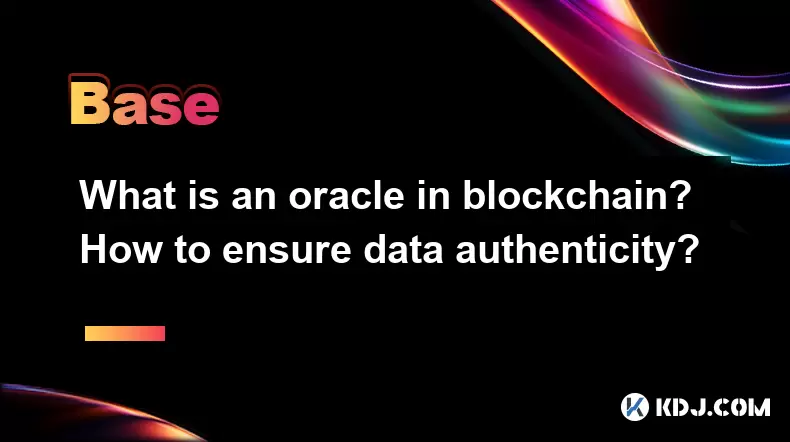
What is an oracle in blockchain? How to ensure data authenticity?
Jun 19,2025 at 08:49pm
Understanding the Role of an Oracle in BlockchainIn the context of blockchain technology, an oracle serves as a bridge between the blockchain and external data sources. While blockchains are inherently secure and decentralized, they cannot access real-world information on their own. Oracles enable smart contracts to interact with off-chain data such as ...
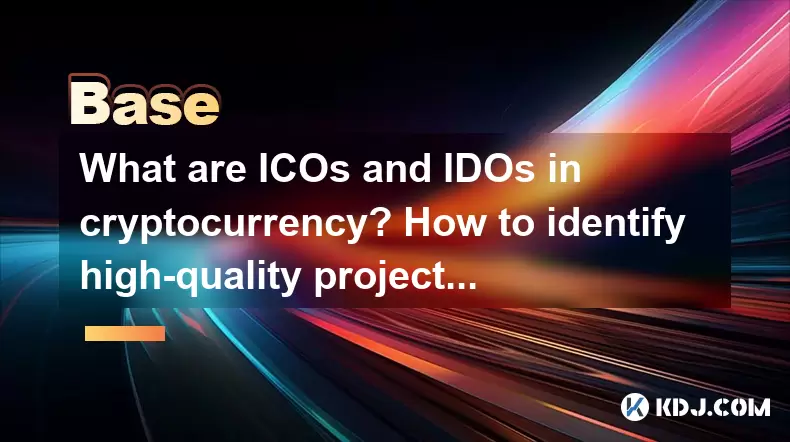
What are ICOs and IDOs in cryptocurrency? How to identify high-quality projects?
Jun 22,2025 at 11:49am
Understanding ICOs in CryptocurrencyInitial Coin Offerings (ICOs) are fundraising mechanisms used by cryptocurrency startups to raise capital for their projects. In an ICO, a company creates and sells its own tokens to investors in exchange for established cryptocurrencies like Bitcoin or Ethereum. The process typically involves the release of a whitepa...
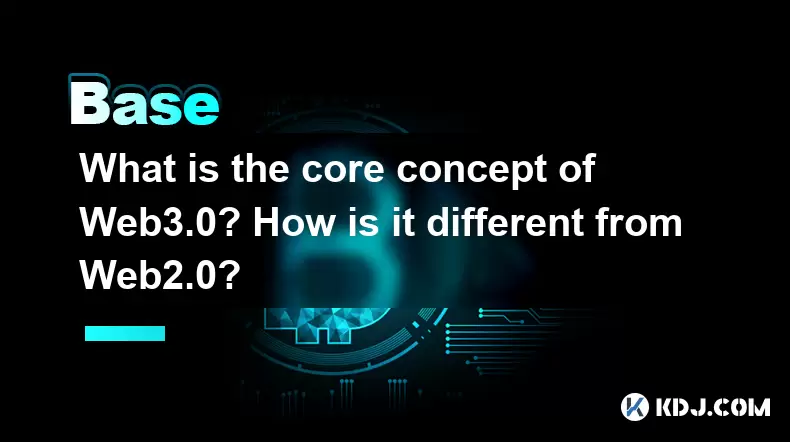
What is the core concept of Web3.0? How is it different from Web2.0?
Jun 21,2025 at 05:56pm
Decentralization as the Foundation of Web3.0The core concept of Web3.0 revolves around decentralization, which fundamentally challenges the centralized architecture of Web2.0. In Web3.0, control and ownership are distributed across a network rather than being held by a central authority or corporation. This is achieved primarily through blockchain techn...
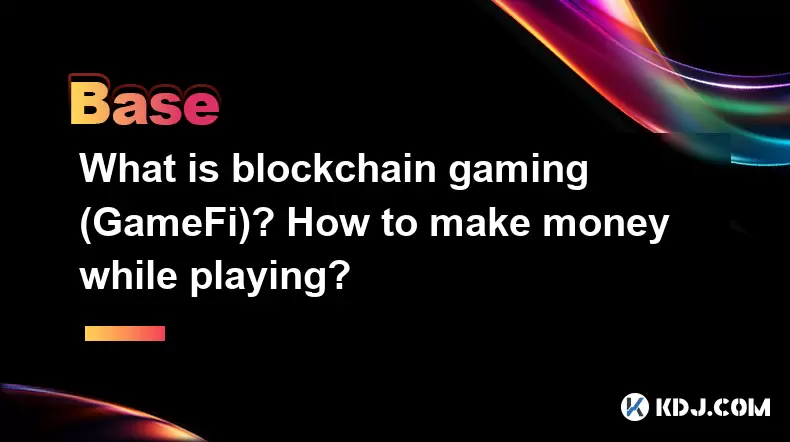
What is blockchain gaming (GameFi)? How to make money while playing?
Jun 20,2025 at 07:56am
Understanding Blockchain Gaming (GameFi)Blockchain gaming, often referred to as GameFi, is a fusion of blockchain technology and video games. It enables players to own in-game assets through non-fungible tokens (NFTs) and earn rewards via cryptocurrencies or token-based systems. Unlike traditional games where items are controlled by centralized develope...
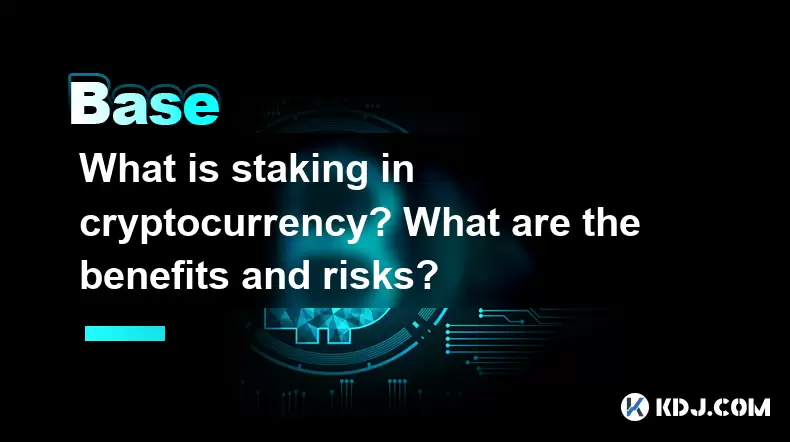
What is staking in cryptocurrency? What are the benefits and risks?
Jun 22,2025 at 10:01am
Understanding the Concept of Staking in CryptocurrencyStaking in cryptocurrency refers to the process of actively participating in transaction validation on a blockchain network that uses a Proof-of-Stake (PoS) consensus mechanism. Instead of miners competing to solve complex mathematical puzzles as in Proof-of-Work systems like Bitcoin, PoS blockchains...
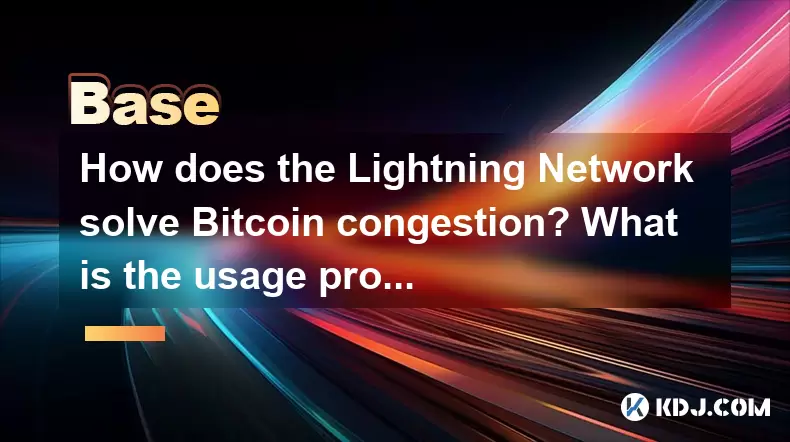
How does the Lightning Network solve Bitcoin congestion? What is the usage process?
Jun 23,2025 at 06:21pm
Understanding Bitcoin Network CongestionBitcoin, as a decentralized digital currency, operates on a blockchain that records every transaction in a public ledger. Each block has a limited size, typically 1 megabyte, which allows for only a certain number of transactions per second (TPS). When the number of transactions increases, the network becomes cong...

What is an oracle in blockchain? How to ensure data authenticity?
Jun 19,2025 at 08:49pm
Understanding the Role of an Oracle in BlockchainIn the context of blockchain technology, an oracle serves as a bridge between the blockchain and external data sources. While blockchains are inherently secure and decentralized, they cannot access real-world information on their own. Oracles enable smart contracts to interact with off-chain data such as ...

What are ICOs and IDOs in cryptocurrency? How to identify high-quality projects?
Jun 22,2025 at 11:49am
Understanding ICOs in CryptocurrencyInitial Coin Offerings (ICOs) are fundraising mechanisms used by cryptocurrency startups to raise capital for their projects. In an ICO, a company creates and sells its own tokens to investors in exchange for established cryptocurrencies like Bitcoin or Ethereum. The process typically involves the release of a whitepa...

What is the core concept of Web3.0? How is it different from Web2.0?
Jun 21,2025 at 05:56pm
Decentralization as the Foundation of Web3.0The core concept of Web3.0 revolves around decentralization, which fundamentally challenges the centralized architecture of Web2.0. In Web3.0, control and ownership are distributed across a network rather than being held by a central authority or corporation. This is achieved primarily through blockchain techn...

What is blockchain gaming (GameFi)? How to make money while playing?
Jun 20,2025 at 07:56am
Understanding Blockchain Gaming (GameFi)Blockchain gaming, often referred to as GameFi, is a fusion of blockchain technology and video games. It enables players to own in-game assets through non-fungible tokens (NFTs) and earn rewards via cryptocurrencies or token-based systems. Unlike traditional games where items are controlled by centralized develope...

What is staking in cryptocurrency? What are the benefits and risks?
Jun 22,2025 at 10:01am
Understanding the Concept of Staking in CryptocurrencyStaking in cryptocurrency refers to the process of actively participating in transaction validation on a blockchain network that uses a Proof-of-Stake (PoS) consensus mechanism. Instead of miners competing to solve complex mathematical puzzles as in Proof-of-Work systems like Bitcoin, PoS blockchains...

How does the Lightning Network solve Bitcoin congestion? What is the usage process?
Jun 23,2025 at 06:21pm
Understanding Bitcoin Network CongestionBitcoin, as a decentralized digital currency, operates on a blockchain that records every transaction in a public ledger. Each block has a limited size, typically 1 megabyte, which allows for only a certain number of transactions per second (TPS). When the number of transactions increases, the network becomes cong...
See all articles

























































































